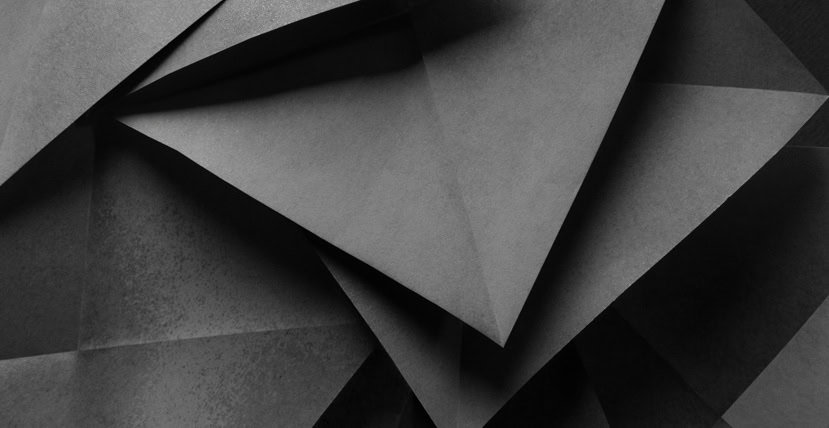By Carrie Bader
“How long does it take to register a trademark?”
This is a common question from brand owners, and an important one. After all, registering a trademark is a significant step in protecting a brand.
Over the past few years, it has been taking longer and longer to get a trademark registration from the United States Patent and Trademark Office (“USPTO”).
From 2008 to 2019, the average time it took the USPTO to issue a first office action—the initial review of an application—held fairly steady between 2.8 to 3.4 months. Beginning in the fourth quarter of 2020, however, the time until the first office action began climbing, reaching 7.4 months in the first quarter of 2022.
To put it in perspective, applicants now wait more than half a year before finding out if there are other marks blocking their registrations or if there are other issues. This creates a myriad of new considerations for trademark owners, particularly those considering foreign protection.
Where previously an applicant would know whether its U.S. application met with Examiner approval before filing an application with the commonly-used Madrid international filing system, now they are left with the decision to risk the Madrid application based on the unknown success of the priority U.S. application or potentially undertaking numerous national applications to avoid reliance on the U.S. application. This is because any application filed through the Madrid system is dependent on the status of the home-country application for five years. If the U.S. application is abandoned, the applications or registrations elsewhere under the Madrid filing system would also be abandoned or canceled.
For the most part, trademark applications are considered on a first-come-first-served basis, but there are steps an applicant can take throughout the process to make it more efficient.
Laying the groundwork
When a company first considers a new brand name, the first thing a trademark attorney will probably recommend is a search. Many companies opt to only get what is often called a preliminary scan, or knock-out search, especially if costs are a concern. This is generally a search of identical or nearly identical records of active applications or registrations with the USPTO, often limited to a specific type of goods or services. This is a quick and efficient way to discover red flags but does not provide a complete picture.
On the other hand, a comprehensive search includes results for databases such as state business and trademark registries, domain names, and website results, along with a more robust search of the USPTO database.
Comprehensive searches are always a good idea but they are particularly important now. Understanding potential challenges before filing an application can save time and money months down the road.
Crafting the application
A company also can avoid pitfalls by careful preparation of the trademark application.
A trademark application covers the use of the mark for particular goods and services, e.g., MCDONALD’S for “restaurant services.” In many cases, an attorney will recommend that the application cover the broadest range of goods and services for which the applicant plans to use the mark. This is because goods and services can be deleted after an application is filed but cannot be added to the same application.
However, in the current filing climate, it may be helpful to narrow the identification of goods/services prior to filing. This can serve multiple purposes:
Avoiding third-party marks
If an applicant knows from the search that a prior registration would block a broadly worded identification, a more narrow application could avoid a challenge. For example an application that covers “clothing” might face citations to conflicting marks covering everything from hospital scrubs to lingerie. Narrowing this application might avoid a conflicting mark.
Avoiding requests for specificity
The USPTO requires enough detail in the goods and services that a potential user of another mark can tell, in common terms, what the mark is actually used for. In the example of the application covering “clothing,” these goods are not specific enough under USPTO procedure. But if the company has not yet narrowed its product line, an attorney might advise it to file for “clothing” and narrow the scope later in the process.
However, pinpointing the goods and services early can avoid a request from the USPTO to narrow the scope.
Other strategies include:
- Single-class applications: Goods and services in a trademark application are classified under 45 different headings, called classes. An application may cover multiple classes, but there is a separate filing fee for each class. If an applicant anticipates a challenge to one class but not another, it could file two separate single-class applications. For example, if the search turns up a potential challenge to the mark used with “t-shirts” but not “toys,” a separate application for toys might go forward faster than a single application covering both items.
- TEAS Plus: The USPTO has a tiered system of filing fees. If an application meets certain requirements, including selecting goods/services from a set list, it may qualify to be filed under the type of application with the lowest filing fee, called TEAS Plus. (TEAS stands for “Trademark Electronic Application System.”) Using TEAS Plus can help streamline the process by using descriptions of goods and services that are already approved in the Trademark ID Manual, a directory of descriptions of goods and services.
- Use-based filing: With exceptions for some applications filed by non-U.S. applicants, each applicant must prove that the mark has been used to sell the covered goods or services in the U.S. before the registration will be issued. If an application is filed without this proof of use (such as images of the mark on packaging for goods), the applicant will eventually need to file it. If evidence of use can be included in the initial application, this will avoid another step in the process—along with additional fees—later.
Communicating with the USPTO
Once the application is filed, the wait is on. One easy way for a company to speed up the process is simply to respond as soon as possible once the USPTO sends an office action. If the issues are minor, the Examiner at the USPTO will often reach out to the applicant’s attorney to resolve them informally before an office action. If the applicant can respond quickly, these minor issues can be cleared up in a matter of days.
Even if the issues are more complicated, an experienced trademark attorney can often establish rapport with the USPTO Examiner and help resolve them more efficiently. If nothing else, contacting the Examiner before responding to an office action is a good idea as it gives the applicant the opportunity to better identify the specific issues of concern for the Examiner and address those issues in the response.
Petition to Make Special
In rare instances, there is a procedure called a petition to make a special request that the USPTO move an application to the front of the line. However, the USPTO requires a description of extraordinary circumstances such as imminent litigation requiring a shorter time frame. Common commercial considerations like the release of a product do not pass muster.
The bad news is the USPTO backlog doesn’t seem to be going away. The good news is, with careful planning and consideration, trademark owners can make the process go more smoothly.
Carrie Bader is the head of Erise’s trademark practice and counsels clients in all aspects of trademark prosecution, enforcement and litigation. She can be reached at carrie.bader@eriseIP.com.


